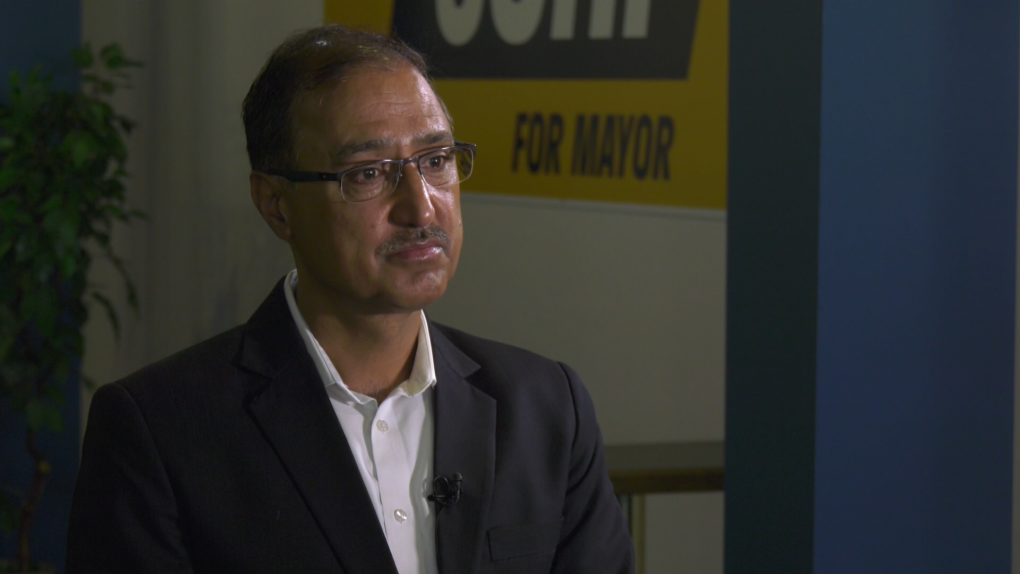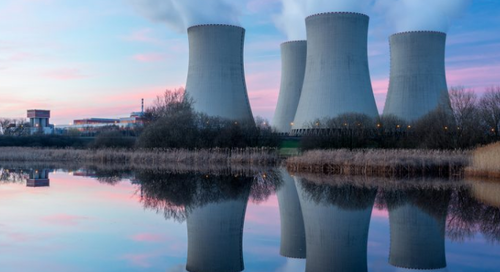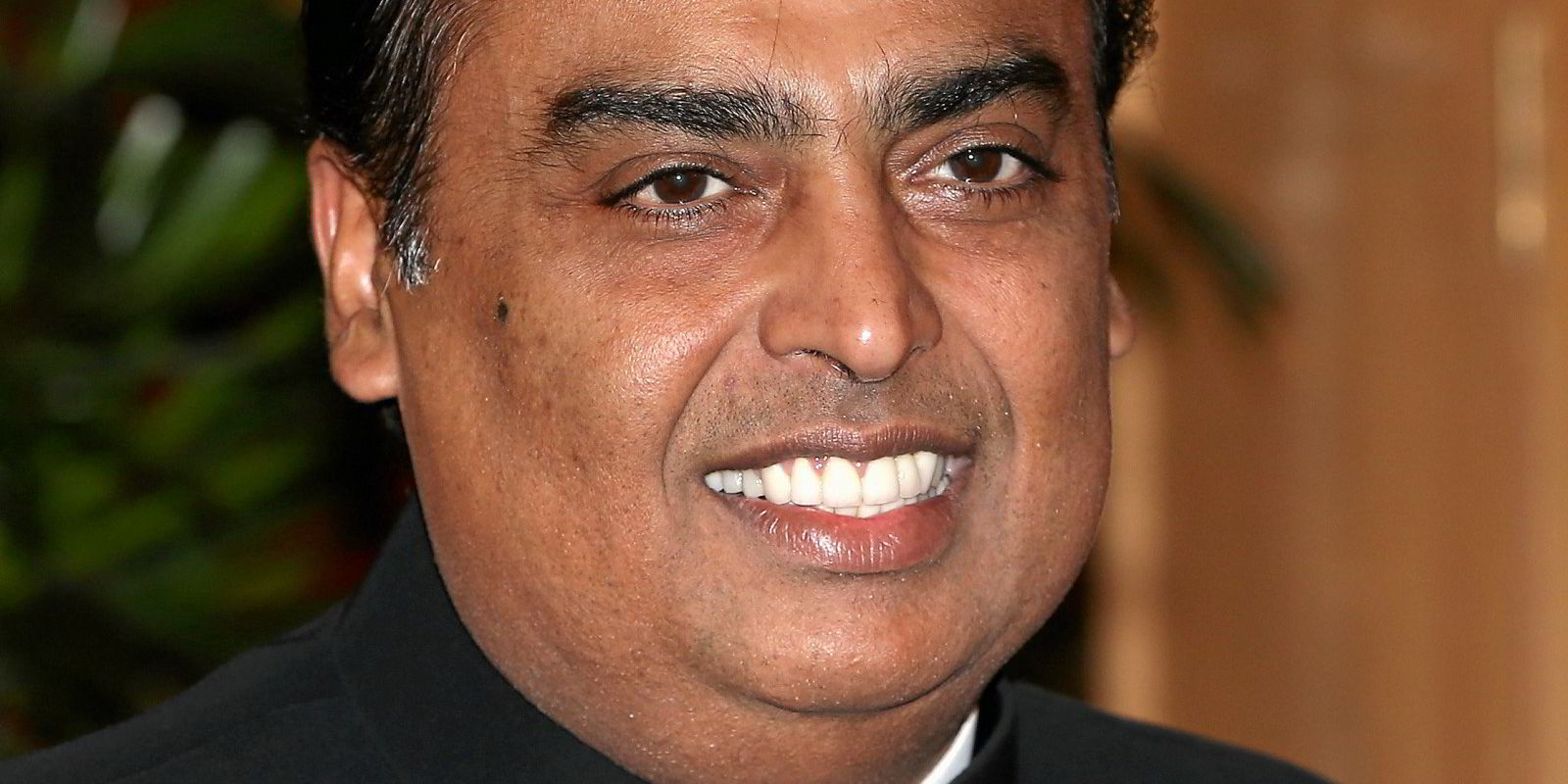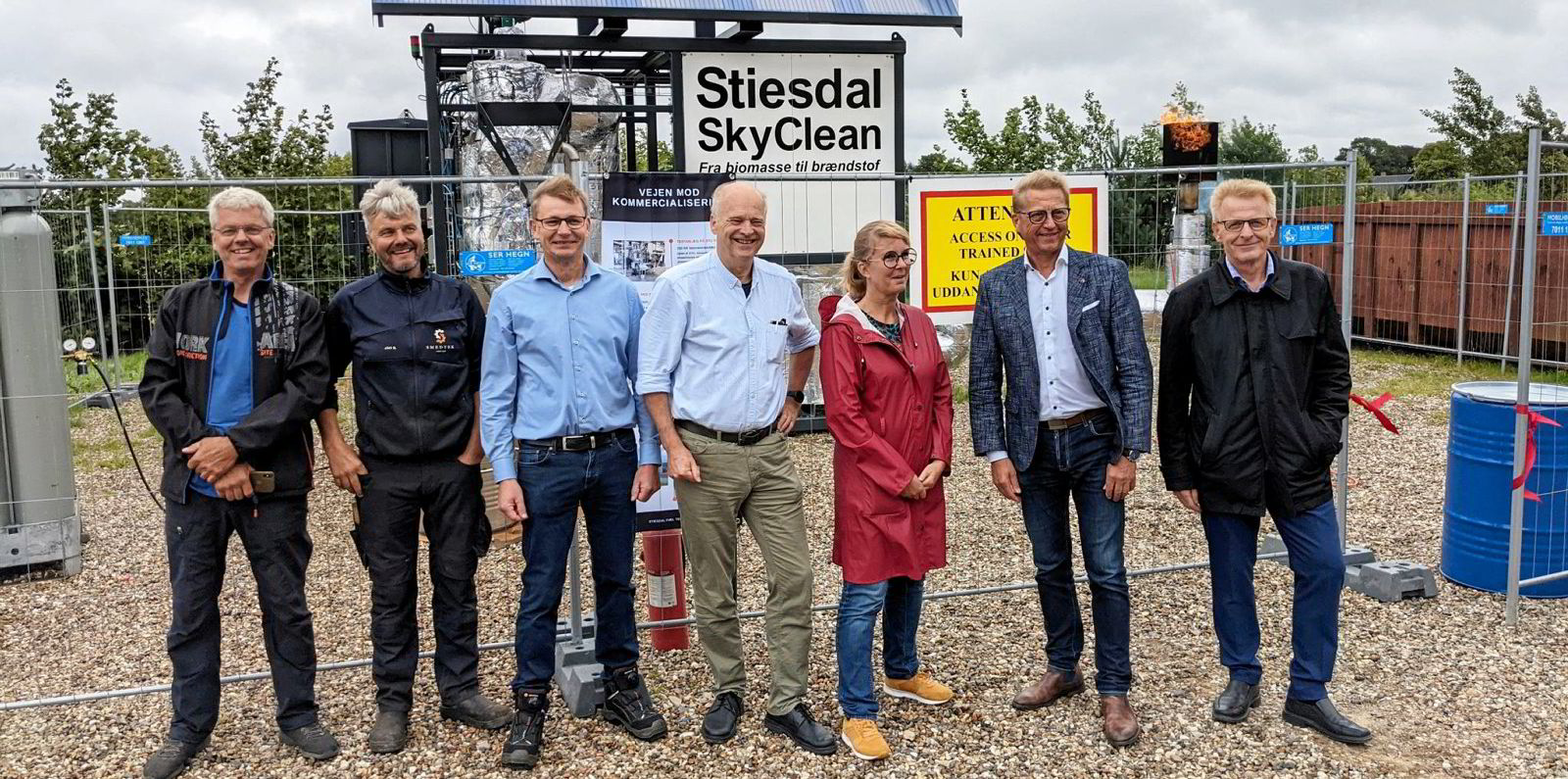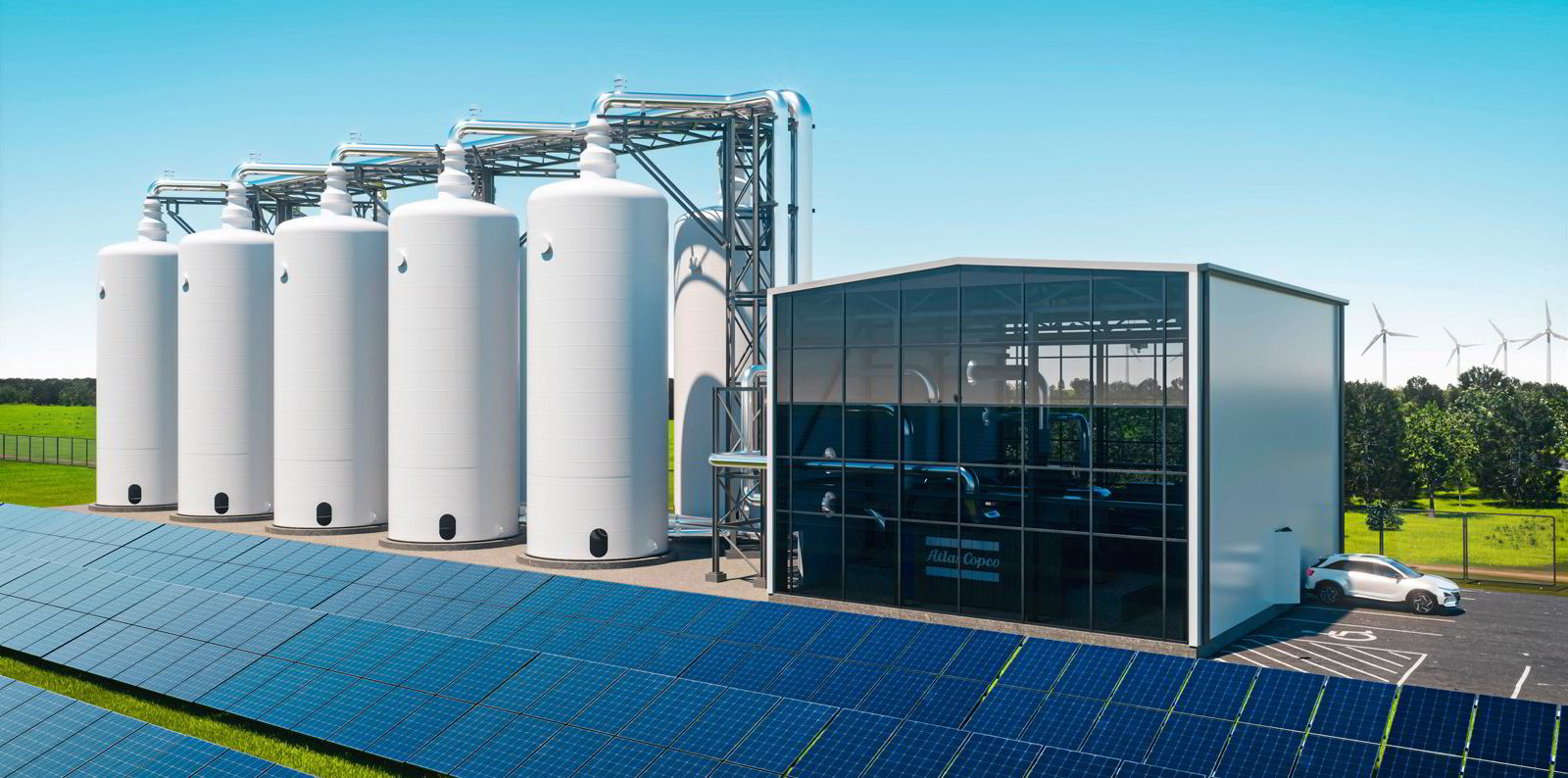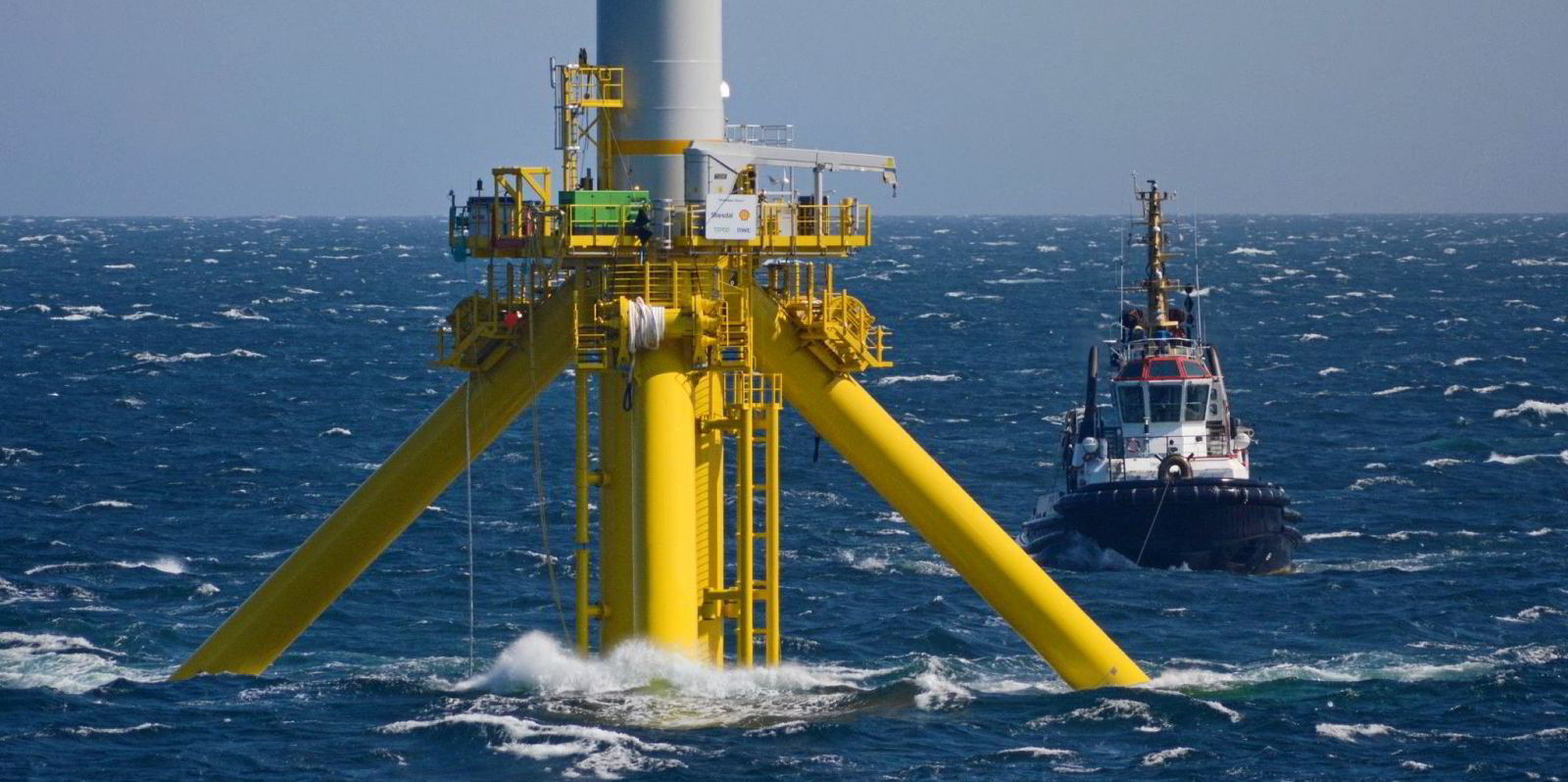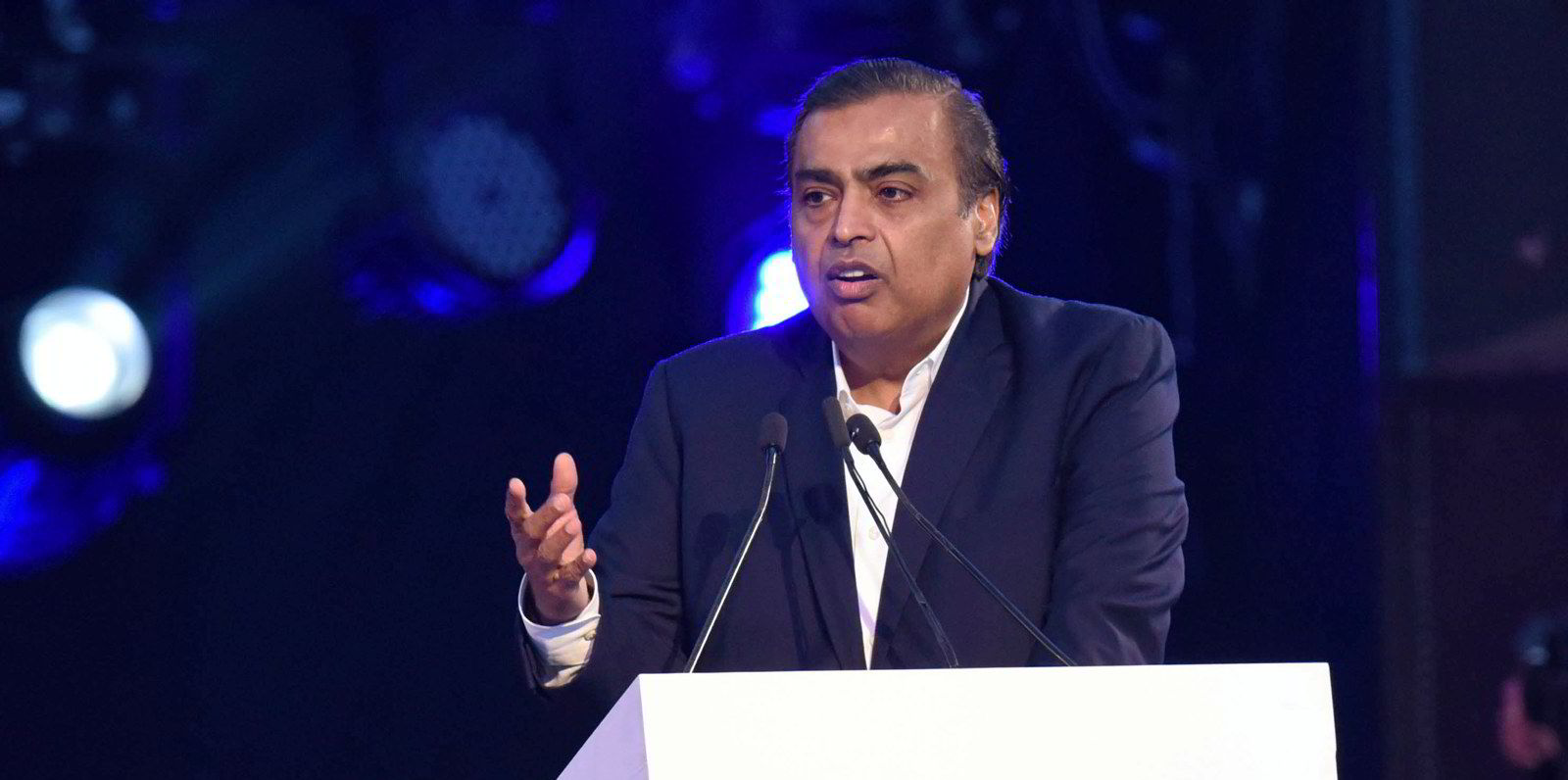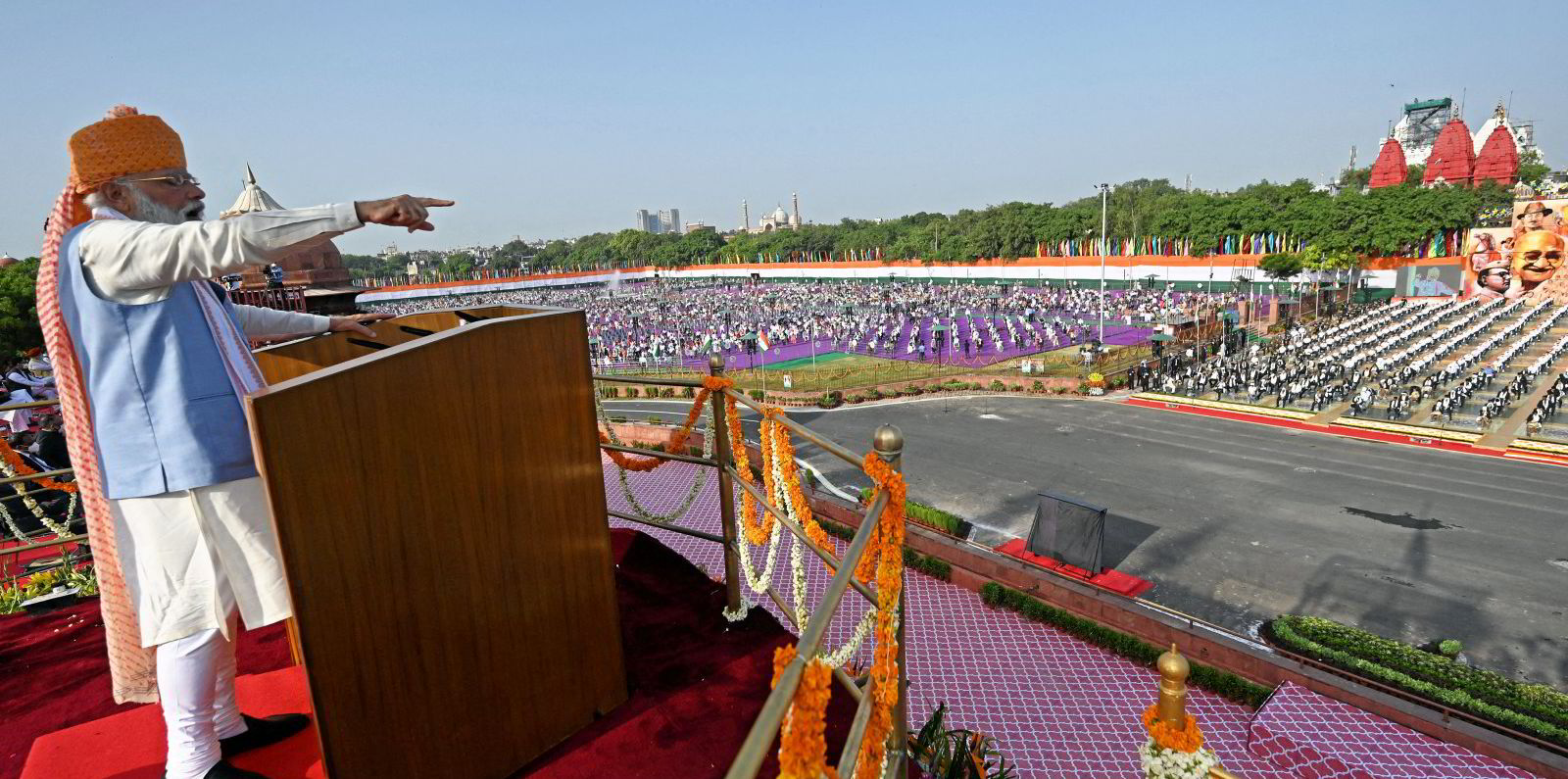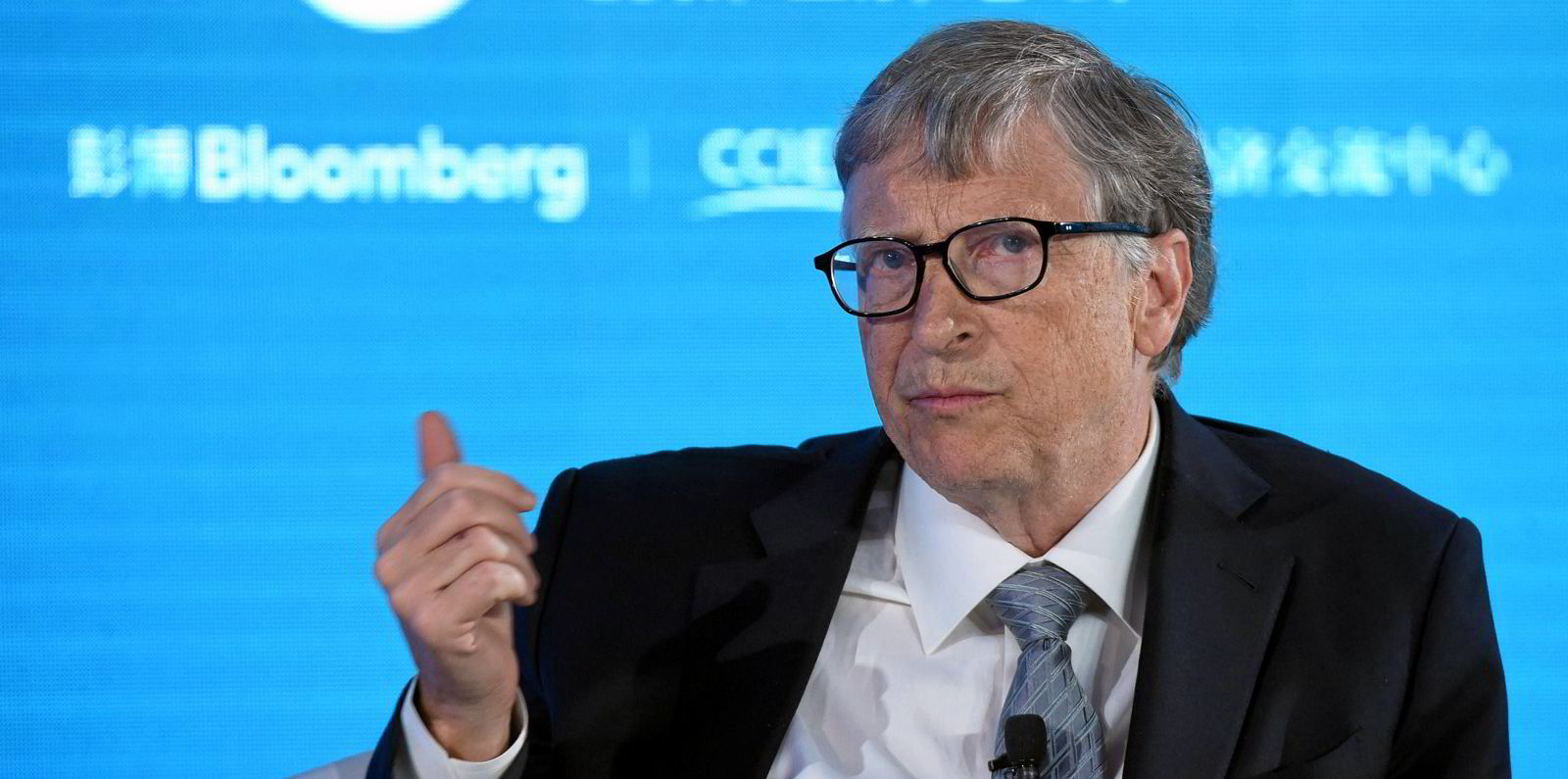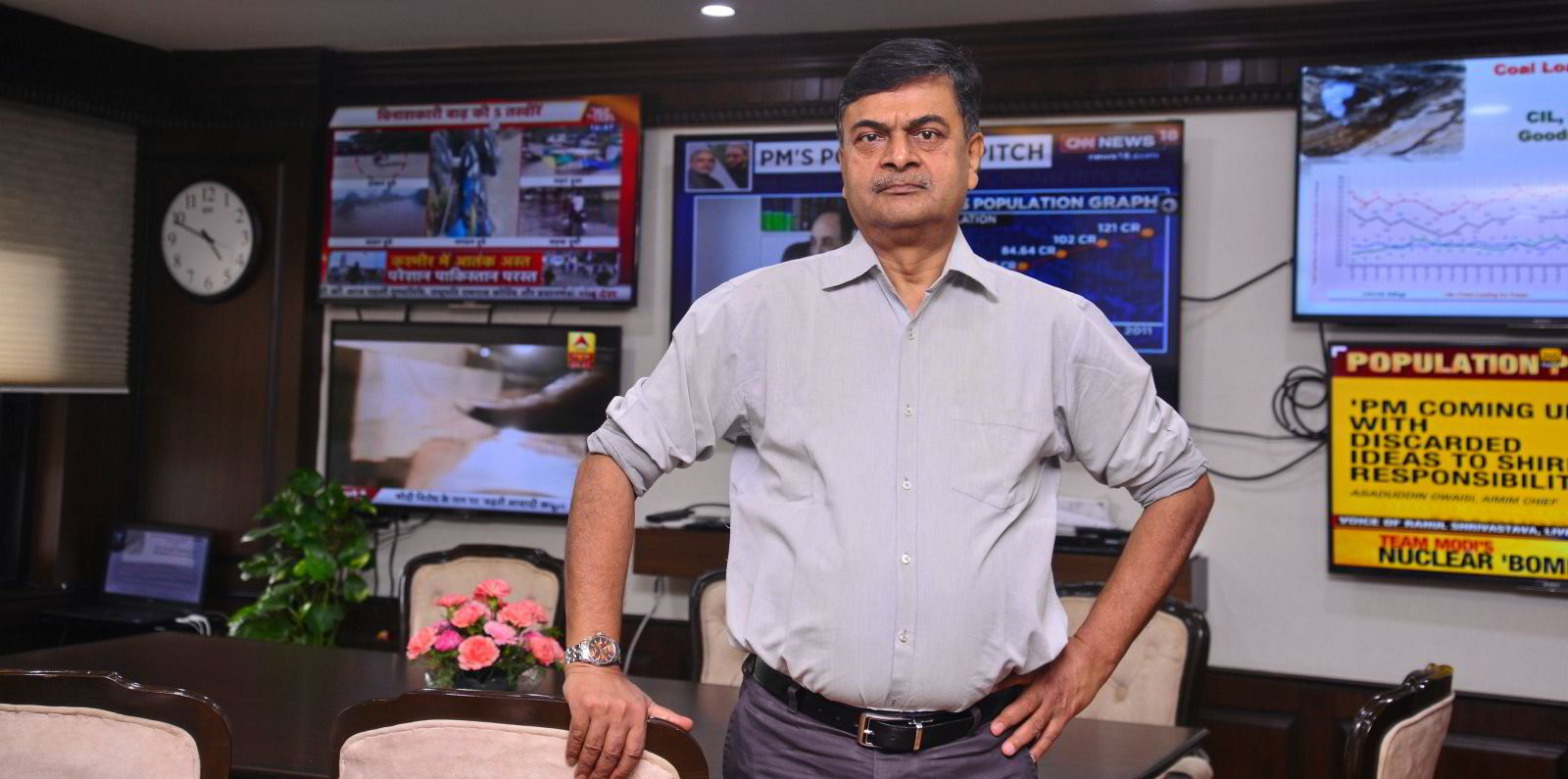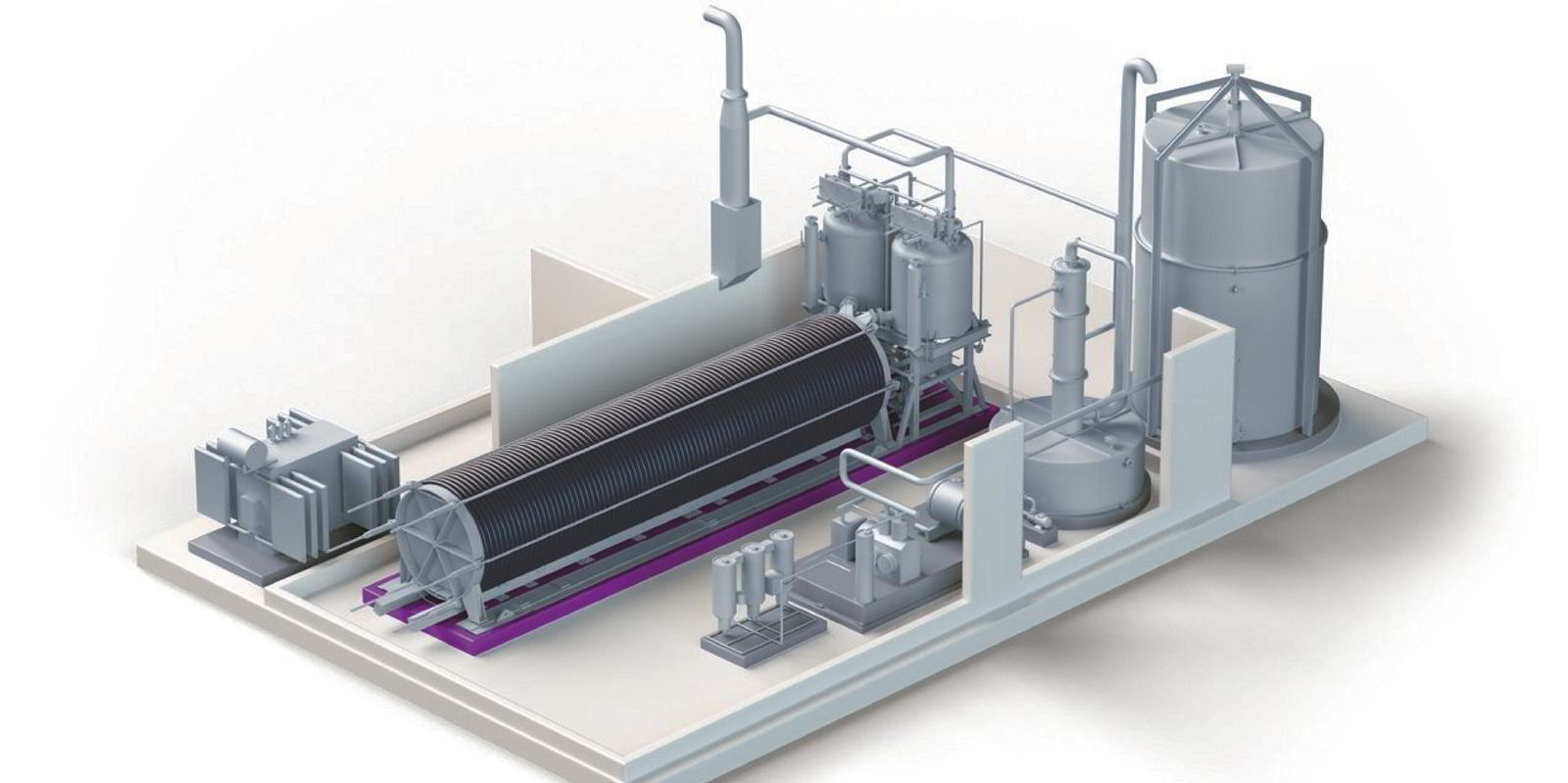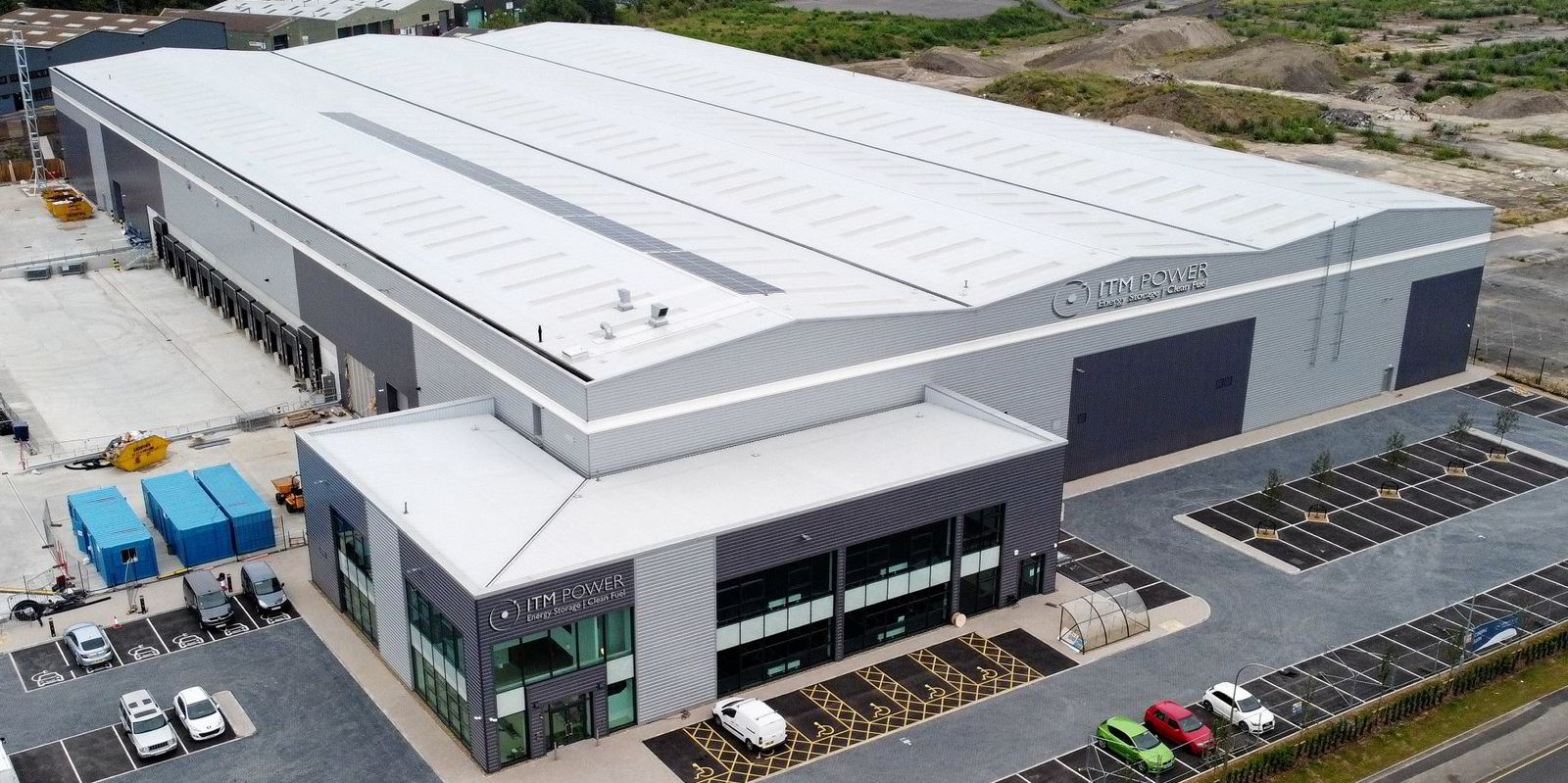Agreements support Canadian SMR development and deployment
14 October 2021
Separate Memoranda of Understanding (MoU) supporting the future development and deployment of advanced small modular reactors (SMRs) in Canada will see Cameco and Terrestrial Energy investigate opportunities related to Terrestrial's Integrated Molten Salt Reactor (IMSR), while ARC Clean Energy Canada and Cross River Infrastructure Partners LLC will work together to develop sustainable industrial projects using ARC's SMR technology. Meanwhile, Canada's nuclear regulator has granted a 10-year licence renewal for an Ontario Power Generation (OPG) site earmarked for possible SMR deployment.
.jpg?ext=.jpg) Terrestrial Energy's illustration of the IMSR400 in the configuration proposed for the Darlington site (Image: Terrestrial Energy)
Terrestrial Energy's illustration of the IMSR400 in the configuration proposed for the Darlington site (Image: Terrestrial Energy)The non-binding and non-exclusive MoU between Saskatoon, Saskatchewan-based Cameco and Terrestrial Energy of Oakville, Ontario, will see those companies examine potential partnership opportunities to deploy IMSR plants in North America and worldwide, and to evaluate possible opportunities for the supply of uranium, fuel and other services. As part of this, the companies said they are investigating the potential of Cameco's uranium conversion facility at Port Hope in southern Ontario for IMSR fuel salt supply.
The MoU follows previous agreements for Cameco to supply uranium products for Terrestrial's ongoing fuel testing programmes.
"Cameco plans to be a key fuel supplier for the emerging small modular reactor and advanced reactor market," the company's President and CEO Tim Gitzel said.
Simon Irish, CEO of Terrestrial Energy, said: "Cameco is a Canadian and global leader in uranium supply and other fuel services, and we welcome this opportunity to investigate with them opportunities around the deployment of IMSR power plants and to supply nuclear fuel to our plants in Canada and worldwide."
Sustainable projects
ARC Clean Energy Canada's strategic MoU with Cross River Infrastructure Partners of Connecticut, USA, will see the two companies work together to develop sustainable industrial projects globally that employ ARC Canada's advanced SMR technology, with a focus on developing world-scale energy hubs to produce clean, base-load power and clean fuels.
Sustainable infrastructure developer Cross River will be responsible for project origination and financing for projects requiring carbon-free power and/or heat using ARC’s proprietary advanced technology, the companies said. The partnership will focus on developing "world-scale energy hubs" to produce clean, base-load power and clean fuels powered by ARC's sodium-cooled fast reactor technology. The ARC-100 100 MWe reactor is being developed in New Brunswick with the support of the provincial government and NB Power, with a unit expected to be operational at NB Power's Point Lepreau site before the end of the current decade.
As well as providing 24/7 low-cost carbon-free power, ARC's advanced technology will also provide high-quality process heat as a co-product that can lead to globally leading production costs for high-demand industrial uses, Cross River CEO Andrew Wilder said. "We believe that the hydrogen economy is firmly upon us and sectors such as transportation will require immense levels of low-cost hydrogen, and hydrogen carriers such as ammonia to effectively decarbonise," he added.
"With the development of new sustainable investment strategies, in combination with government policies, such as Canada’s Clean Fuel Standard, the financial sector is poised to support grid-scale carbon-free power and industrial heat sources that will have a meaningful impact on reversing climate change," ARC Canada President and CEO Bill Labbe said. "Combining ARC's simplicity of design with Cross River’s integrated project delivery model is fundamental to ensuring the project can be financed and delivered."
Licence renewed
OPG last year announced it was resuming planning activities for additional nuclear power generation via an SMR at its Darlington New Nuclear site, which is the only site in Canada currently licensed for new nuclear with a completed and accepted environmental assessment. Yesterday, the company said the Canadian Nuclear Safety Commission has announced its decision to renew the existing Site Preparation Licence for the project.
The 10-year licence renewal means OPG can carry out work including excavation and grading, installation of services and utilities for future buildings, and construction of service buildings, in preparation for construction of a potential future SMR at the Ontario site.
Terrestrial's IMSR is one of three SMR designs under consideration for deployment at Darlington. The others are GE Hitachi's BWRX-300 water-cooled SMR, and X-energy's Xe-100 high-temperature gas-cooled reactor.
Researched and written by World Nuclear News


